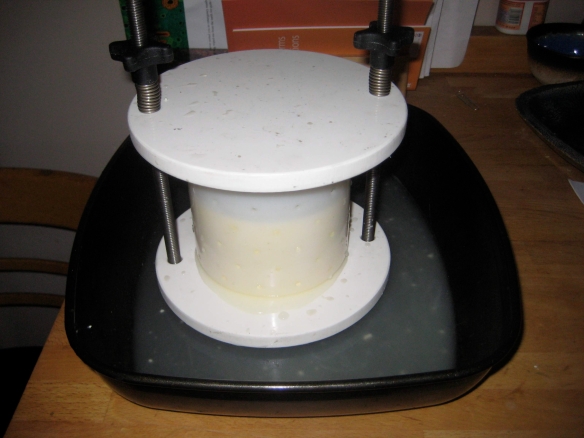I turned 31 a little while ago. My parents back in Australia sent me a cheese voucher – such a good present! The problem was, I ordered everything all in one go. So when our vegetable draws were overflowing with fragrant, paper-wrapped packages, and the mingling of odours were becoming all bit much, we decided we really needed to invite people around to help us get eat it all.
We started in near the Alps with comte and some extremely ripe vacherin mont d’or. Comte is fast becoming one of my favourite cheeses. It is nutty, slightly springy, fresh. The vacherin was almost too ripe. Its prime season is October-April – so the last rounds at the end of May were always going to be potent. Almost overpowering, it I would prefer to try it younger, maybe next February.
Back in England, we went for harder cheeses next. The cheddar is the Somerset made Keens Chedder – cloth bound, 14 months old, with a strong flavour and moist texture. We made our own interpretations and then looked up various commentaries. The suggestion of onions did seem to fit, once it was mentioned. The other hard cheese was Old Winchester (or also known as Old Smales). This was more flaky and dry, described as a aged Gouda-pecorino style cheese. It’s also a bit nutty, but much drier than the comte.
Finally, there was the gooey Baby Wigmore. Made from unpasteurised ewes milk, it oozed over the board, and was quickly scooped up with bread.
There was also some really excellent Beenleigh blue but I forgot to take photos. Oh, and some broccoli salad, just to make sure we didn’t have coronaries.





